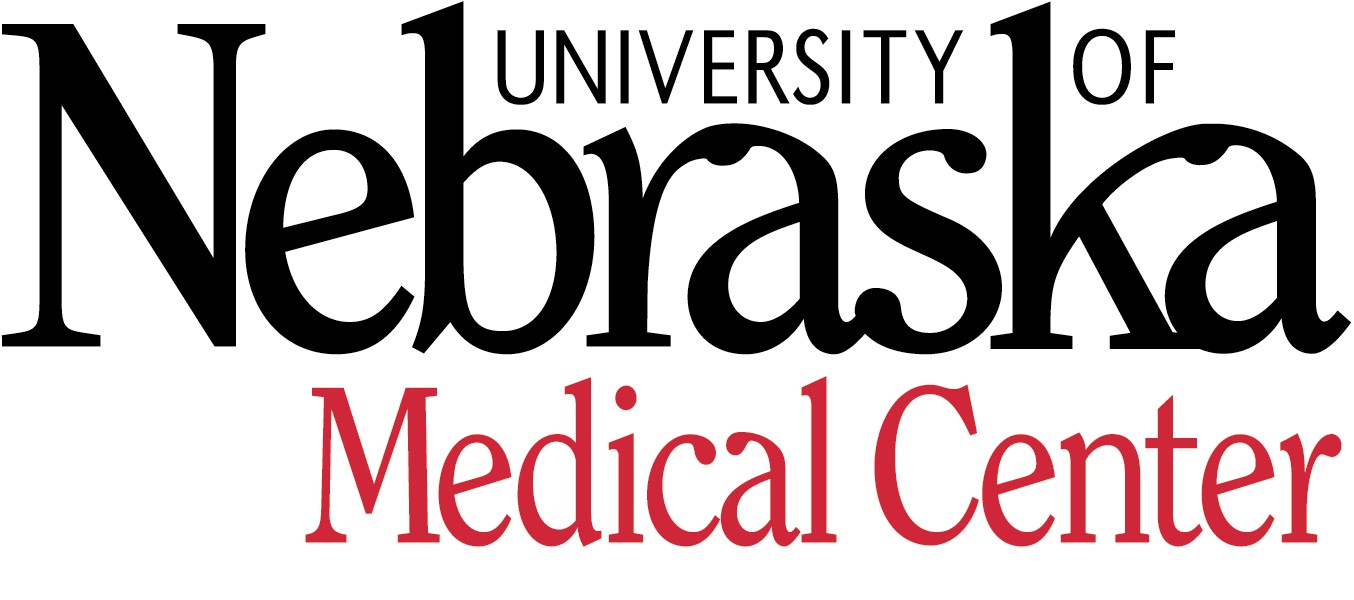Inhaled Milrinone Use in Patients Receiving HeartMate II LVAD: A Pilot Study
| Status: | Completed |
|---|---|
| Conditions: | Cardiology |
| Therapuetic Areas: | Cardiology / Vascular Diseases |
| Healthy: | No |
| Age Range: | 19 - Any |
| Updated: | 3/1/2014 |
| Start Date: | April 2012 |
| End Date: | October 2012 |
| Contact: | Nicholas A Haglund, MD |
| Email: | nhaglund@unmc.edu |
| Phone: | 402-559-9268 |
Right ventricular (RV) failure occurs in an estimated 5-41% of cases involving left
ventricular assist device (LVAD) implantation and has been shown to adversely affect
peri-operative morbidity and mortality. Current therapies to improve RV dysfunction pre and
post-operatively are limited. Inhaled milrinone has been shown in several small human
studies to be safely tolerated and provide favorable effects on pulmonary hemodynamics.
Study Hypothesis: Delivery of inhaled milrinone, a phosphodiesterase III inhibitor, may
provide pulmonary artery vasodilation and therefore improved RV function in patients with
end stage heart failure receiving HeartMate II LVAD as a bridge to cardiac transplantation
or as destination therapy.
Specifically, we aim to:
- demonstrate safety of inhaled milrinone in this patient cohort
- demonstrate efficacy of inhaled milrinone in this patient cohort
ventricular assist device (LVAD) implantation and has been shown to adversely affect
peri-operative morbidity and mortality. Current therapies to improve RV dysfunction pre and
post-operatively are limited. Inhaled milrinone has been shown in several small human
studies to be safely tolerated and provide favorable effects on pulmonary hemodynamics.
Study Hypothesis: Delivery of inhaled milrinone, a phosphodiesterase III inhibitor, may
provide pulmonary artery vasodilation and therefore improved RV function in patients with
end stage heart failure receiving HeartMate II LVAD as a bridge to cardiac transplantation
or as destination therapy.
Specifically, we aim to:
- demonstrate safety of inhaled milrinone in this patient cohort
- demonstrate efficacy of inhaled milrinone in this patient cohort
Inclusion Criteria:
1. For BTT candidates:
- Must be an approved candidate for heart transplantation according to
institutional policy
2. For DT candidates:
- Patients with New York Heart Association (NYHA) class IV symptoms that have
failed to respond to maximal medical therapy including beta blocker and
angiotensin converting enzyme inhibitors if tolerated for at least 45 of 60
days, OR dependence on continuous inotropic therapy for 14 days OR dependence on
intra-aortic balloon pump (IABP) for 7 days
- Left ventricular ejection fraction (LVEF) < 25%
- Patients with functional limitations on cardiopulmonary stress testing with a
peak oxygen consumption of ≤ 14 ml/kg/min unless balloon pump or inotrope
dependent or physically unable to perform the test.
- Patients not deemed to be a heart transplant candidate after evaluation
- Must have mean PAP > 25 mmHg by pulmonary catheter indices pre-operatively
(within 72 hrs) and/or a PVR > 3 Woods units (WU).
- Age ≥ 19 years old (in the state of Nebraska, an individual must be ≥ 19 years
old to legally provide consent as compared to age ≥ 18 in most other states)
- Signed informed consent
Exclusion Criteria:
- Age < 19 years old
- Pregnancy or current breast feeding
- Undergoing cardiac transplantation without implantation of mechanical assist device
- Documented medical allergy to milrinone
- Failure to meet inclusion criteria for LVAD implantation for BTT or DT indications
We found this trial at
1
site
Univ of Nebraska Med Ctr A vital enterprise in the nation’s heartland, the University of...
Click here to add this to my saved trials
